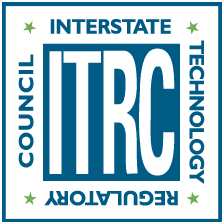Sustainable and Resilient Remediation
Website
Connecticut green remediation webpage with links to various USEPA and CT DEEP and ASTM documents.
https://www.ct.gov/deep/cwp/view.asp?a=2715&q=570838&deepNav_GID=1626
Climate
Executive Order
This Executive Order No. 3, 2019, creates the Governor’s Council on Climate Change.
Website
The mission of the Connecticut Institute for Resilience and Climate Adaptation (CIRCA) is to increase the resilience and sustainability of vulnerable communities along Connecticut’s coast and inland waterways to the growing impacts of climate change on the natural, built, and human environment.
Document meant to evaluate the projected impacts of climate change on Connecticut agriculture, infrastructure, natural resources and public health and develop strategies to mitigate these impacts. Given this charge, the Adaptation Subcommittee established four workgroups to cover each area in the Act.
https://www.ct.gov/deep/cwp/view.asp?a=4423&q=568790&deepNav_GID=2121
https://www.ct.gov/deep/lib/deep/climatechange/connecticut_climate_preparedness_plan_2011.pdf
Connecticut resilience page with links to two Climate Resilience Plans from 2011 and 2013.
https://www.ct.gov/deep/cwp/view.asp?a=4423&q=568790&deepNav_GID=2121
Wildfire
Website
Connecticut state forest fire website, from the site :…CT DEEP maintains an active forest fire prevention program and a specially-trained force of fire fighting personnel to combat fires that burn an average of 500 acres of woodland per year. “
https://portal.ct.gov/DEEP/Forestry/Forest-Protection/Forest-Health-Fire-and-Management


